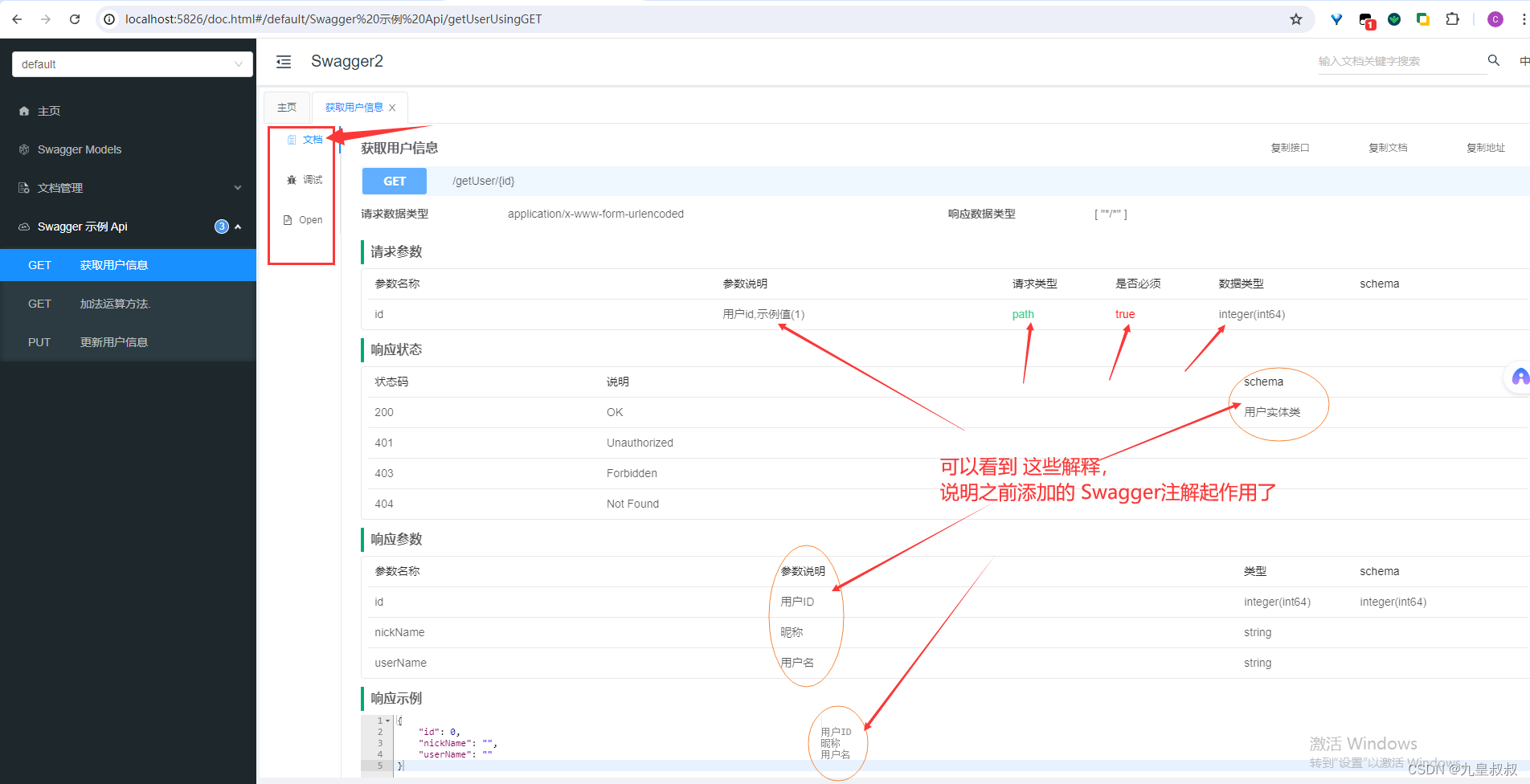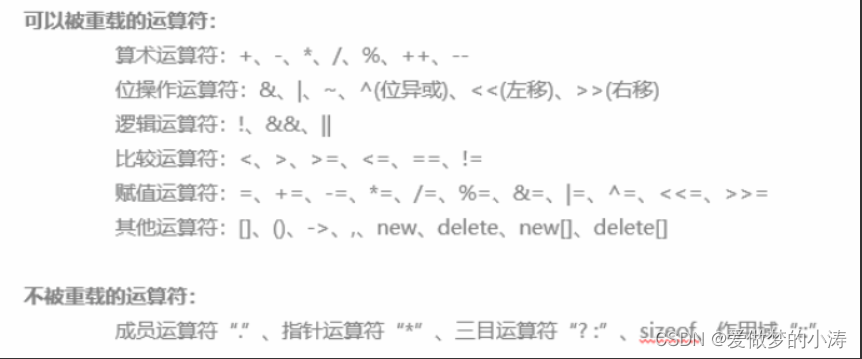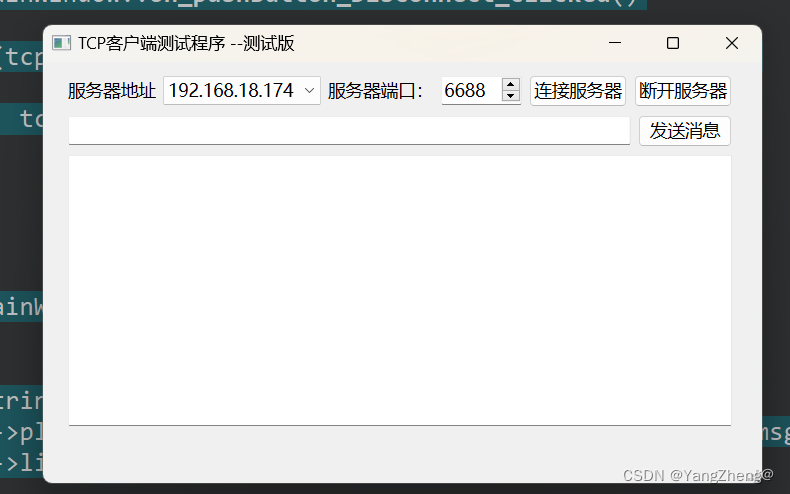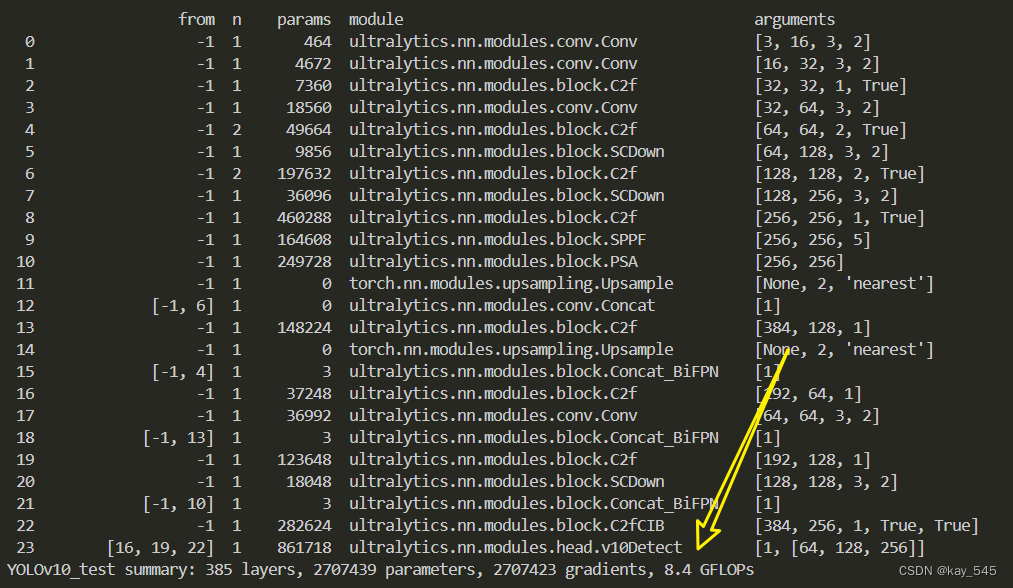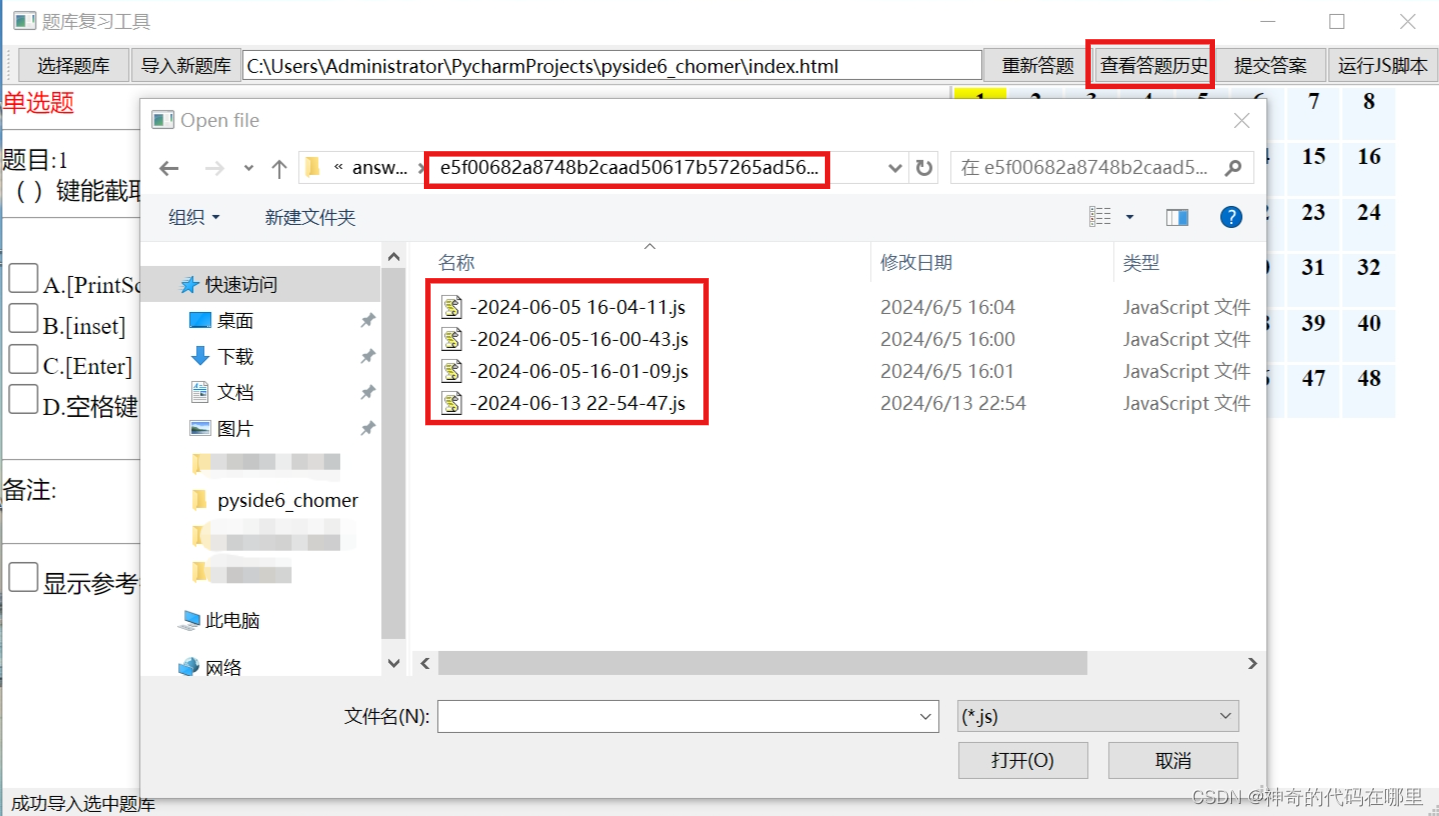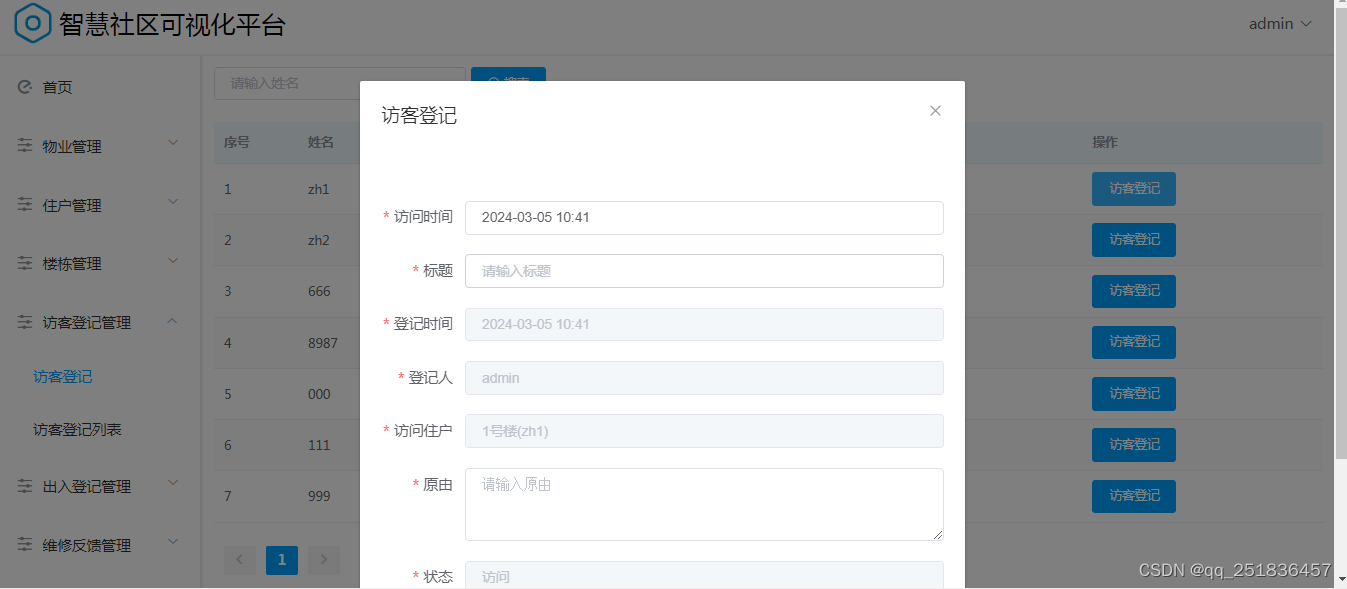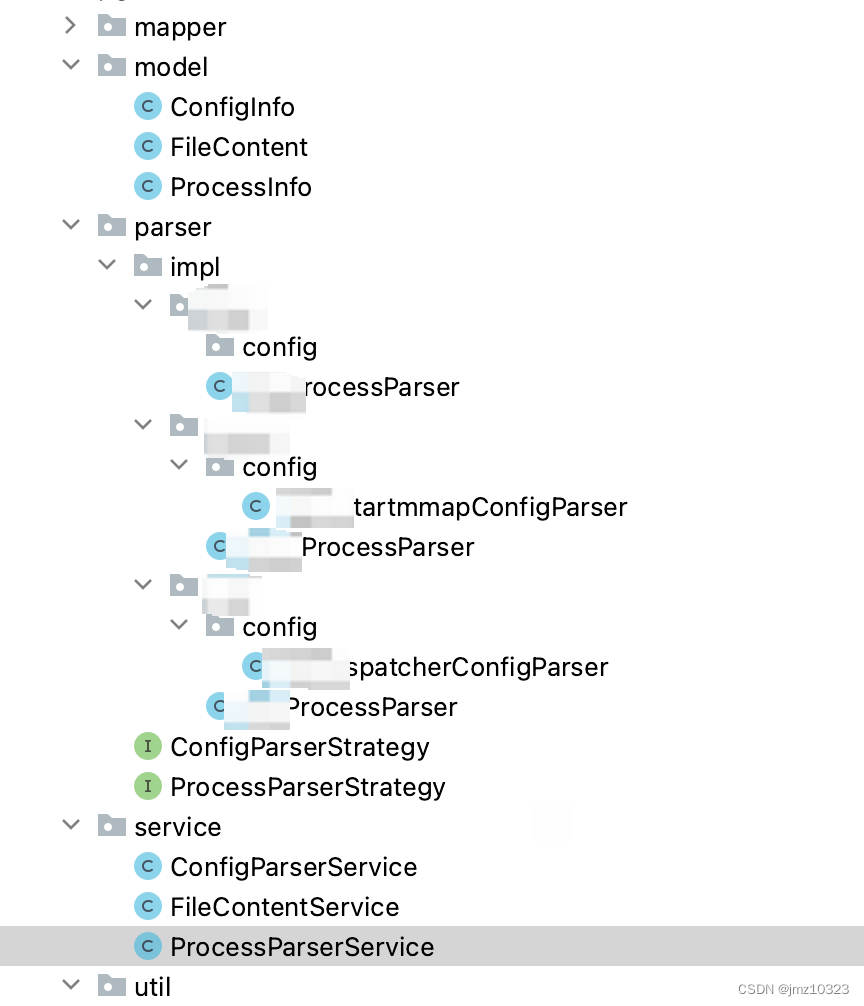SpringBoot 集成 Swagger
- 前言
- pom.xml 配置文件
- application.yml 配置文件
- config 包
- Swagger2Config
- entity 包
- UserEntity
- service 包
- impl 包
- SwaggerServiceImpl
- SwaggerService
- controller 包
- SwaggerController
- SwaggerApplication
- 验证
前言
创建项目步骤、及版本选择等,在《SpringBoot【1】集成 Druid》章节中有详细介绍,此处不再重复概述。
当前先说明下,为什么需要集成 Swagger ??
- 如下一个控制层(Controller)代码:
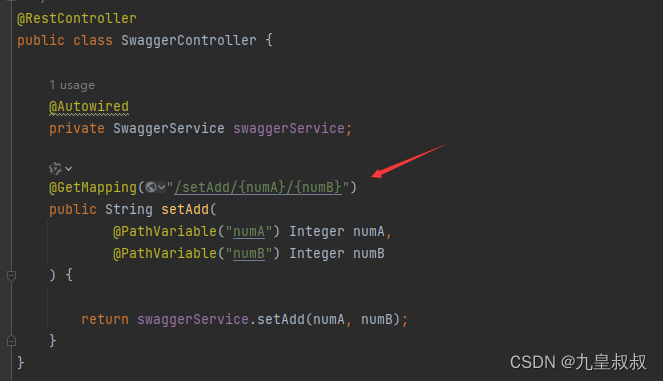
若不集成 Swagger,则 在页面进行测试时,将是如下这样:

每次调用测试,都需要在浏览器访问。
测试多个方法时、甚是繁琐。
于是乎, 你就开始了“奇思幻想”:有没有一种办法可以不这么繁琐,而又能测试?
- 答案呢,肯定是有的。比如呢? 集成 junit 写单元测试、或者浏览器安装插件等等。此处:我们集成
Swagger来解决此问题,注意 此处的版本是Swagger2(第2代)
集成之后,在进行测试,是长这样子的:

SpringBoot 集成 Swagger2 完成之后,项目截图如下 :
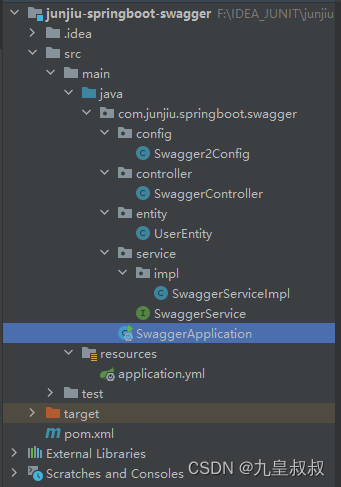
pom.xml 配置文件
<?xml version="1.0" encoding="UTF-8"?>
<project xmlns="http://maven.apache.org/POM/4.0.0"
xmlns:xsi="http://www.w3.org/2001/XMLSchema-instance"
xsi:schemaLocation="http://maven.apache.org/POM/4.0.0 http://maven.apache.org/xsd/maven-4.0.0.xsd">
<modelVersion>4.0.0</modelVersion>
<parent>
<groupId>org.springframework.boot</groupId>
<artifactId>spring-boot-starter-parent</artifactId>
<version>2.3.12.RELEASE</version>
<relativePath />
</parent>
<groupId>com.junjiu.springboot.swagger</groupId>
<artifactId>junjiu-springboot-swagger</artifactId>
<version>1.0-SNAPSHOT</version>
<properties>
<maven.compiler.source>8</maven.compiler.source>
<maven.compiler.target>8</maven.compiler.target>
<project.build.sourceEncoding>UTF-8</project.build.sourceEncoding>
</properties>
<dependencies>
<dependency>
<groupId>org.springframework.boot</groupId>
<artifactId>spring-boot-starter-web</artifactId>
</dependency>
<!--
以下 3个依赖是集成 Swagger2 所需
-->
<dependency>
<groupId>io.springfox</groupId>
<artifactId>springfox-swagger2</artifactId>
<version>3.0.0</version>
</dependency>
<dependency>
<groupId>io.springfox</groupId>
<artifactId>springfox-swagger-ui</artifactId>
<version>3.0.0</version>
</dependency>
<dependency>
<groupId>com.github.xiaoymin</groupId>
<artifactId>knife4j-spring-boot-starter</artifactId>
<version>3.0.3</version>
</dependency>
<!--
UserEntity 中为了使用 @data 注解,当前添加 lombok
-->
<dependency>
<groupId>org.projectlombok</groupId>
<artifactId>lombok</artifactId>
</dependency>
</dependencies>
</project>
application.yml 配置文件
server:
port: 5826
spring:
application:
name: Junjiu-Springboot-Swagger
version: 1.0.0
config 包
Swagger2Config
package com.junjiu.springboot.swagger.config;
import org.springframework.context.annotation.Bean;
import org.springframework.context.annotation.Configuration;
import springfox.documentation.builders.ApiInfoBuilder;
import springfox.documentation.builders.PathSelectors;
import springfox.documentation.builders.RequestHandlerSelectors;
import springfox.documentation.service.ApiInfo;
import springfox.documentation.service.Contact;
import springfox.documentation.spi.DocumentationType;
import springfox.documentation.spring.web.plugins.Docket;
import springfox.documentation.swagger2.annotations.EnableSwagger2;
/**
* program: junjiu-springboot-swagger
* ClassName: Swagger2Config
* description:
*
* @author: 九尊
* @create: 2024-06-20 23:00
* @version: 1.0
**/
@EnableSwagger2
@Configuration
public class Swagger2Config {
@Bean
public Docket createRestApi() {
return new Docket(DocumentationType.SWAGGER_2)
.apiInfo(apiInfo())
.select()
.apis(RequestHandlerSelectors.basePackage("com.junjiu.springboot.swagger"))
.paths(PathSelectors.any())
.build();
}
private ApiInfo apiInfo() {
return new ApiInfoBuilder()
.title("Swagger2")
.description("SpringBoot 集成 Swagger2")
.contact(new Contact("君九", "https://blog.csdn.net/charlesyuangc", "123456@email.com"))
.termsOfServiceUrl("https://blog.csdn.net/charlesyuangc")
.version("version 1.0")
.build();
}
}
entity 包
UserEntity
package com.junjiu.springboot.swagger.entity;
import io.swagger.annotations.ApiModel;
import io.swagger.annotations.ApiModelProperty;
import lombok.Data;
/**
* program: junjiu-springboot-swagger
* ClassName: UserEntity
* description: 实体类. 对接 数据库中的表,例如:tb_user,
* 此处为了演示 Swagger2 在实体类中的注解使用,暂不再创建表了。
*
* @author: 九尊
* @create: 2024-06-20 23:07
* @version: 1.0
**/
@Data
@ApiModel(value = "用户实体类", description = "用户实体类")
public class UserEntity {
/**
* 以下 3种 写法均可以的。
*/
// @ApiModelProperty(value = "用户ID", name = "id", required = true)
// @ApiModelProperty(value = "用户ID", name = "id")
@ApiModelProperty(value = "用户ID")
private Long id;
@ApiModelProperty(value = "用户名", name = "userName")
private String userName;
@ApiModelProperty(value = "昵称", name = "nickName", required = true)
private String nickName;
}
service 包
impl 包
SwaggerServiceImpl
package com.junjiu.springboot.swagger.service.impl;
import com.junjiu.springboot.swagger.entity.UserEntity;
import com.junjiu.springboot.swagger.service.SwaggerService;
import org.springframework.stereotype.Service;
/**
* program: junjiu-springboot-swagger
* ClassName: SwaggerServiceImpl
* description:
*
* @author: 九尊
* @create: 2024-06-20 22:47
* @version: 1.0
**/
@Service
public class SwaggerServiceImpl implements SwaggerService {
@Override
public String setAdd(Integer numA, Integer numB) {
Integer total = numA + numB;
return "运行结果是:" + String.valueOf(total);
}
@Override
public UserEntity getUser(Long id) {
System.out.println("id:" + id);
// 从数据库中查询到数据后,返回对象。
UserEntity userEntity = new UserEntity();
userEntity.setId(id);
userEntity.setUserName("君九");
userEntity.setNickName("九皇叔叔");
return userEntity;
}
@Override
public String setUpdate(UserEntity userEntity) {
return "用户信息更新成功.";
}
}
SwaggerService
package com.junjiu.springboot.swagger.service;
import com.junjiu.springboot.swagger.entity.UserEntity;
/**
* program: junjiu-springboot-swagger
* ClassName: SwaggerService
* description:
*
* @author: 九尊
* @create: 2024-06-20 22:46
* @version: 1.0
**/
public interface SwaggerService {
/**
* 测试接口 | 加法运算.
* @param numA
* @param numB
* @return
*/
String setAdd(Integer numA, Integer numB);
/**
* 根据用户ID编号查询用户信息.
* @param id
* @return
*/
UserEntity getUser(Long id);
/**
* 更新用户信息.
* @param userEntity
* @return
*/
String setUpdate(UserEntity userEntity);
}
controller 包
SwaggerController
package com.junjiu.springboot.swagger.controller;
import com.junjiu.springboot.swagger.entity.UserEntity;
import com.junjiu.springboot.swagger.service.SwaggerService;
import io.swagger.annotations.Api;
import io.swagger.annotations.ApiImplicitParam;
import io.swagger.annotations.ApiImplicitParams;
import io.swagger.annotations.ApiOperation;
import org.springframework.beans.factory.annotation.Autowired;
import org.springframework.web.bind.annotation.GetMapping;
import org.springframework.web.bind.annotation.PathVariable;
import org.springframework.web.bind.annotation.PutMapping;
import org.springframework.web.bind.annotation.RestController;
/**
* program: junjiu-springboot-swagger
* ClassName: SwaggerController
* description:
*
* @author: 九尊
* @create: 2024-06-20 22:46
* @version: 1.0
**/
@Api(value = "Swagger 示例", tags = "Swagger 示例 Api")
@RestController
public class SwaggerController {
@Autowired
private SwaggerService swaggerService;
/**
* 测试方法 | 加法运算,需要注意此处有 2个参数
* @param numA
* @param numB
* @return
*/
@ApiOperation("加法运算方法.")
@ApiImplicitParams({
@ApiImplicitParam(name = "numA", value = "第一个参数", required = true, dataType = "Integer", paramType = "path", example = "10"),
@ApiImplicitParam(name = "numB", value = "第二个参数", required = true, dataType = "Integer", paramType = "path", example = "20")
})
@GetMapping("/setAdd/{numA}/{numB}")
public String setAdd(
@PathVariable("numA") Integer numA,
@PathVariable("numB") Integer numB
) {
return swaggerService.setAdd(numA, numB);
}
/**
* 测试方法 | 根据 id编号 查询用户信息,注意:这里只有 1个参数.
* @param id
* @return
*/
@ApiOperation("获取用户信息")
@ApiImplicitParam(name = "id", value = "用户id", required = true, dataType = "Long", paramType = "path", example = "1")
@GetMapping("/getUser/{id}")
public UserEntity getUser(@PathVariable("id") Long id){
return swaggerService.getUser(id);
}
/**
* 更新用户信息 .
* @param userEntity
* @return
*/
@ApiOperation("更新用户信息")
@ApiImplicitParam(name = "userEntity", value = "用户实体类", required = true, dataType = "UserEntity", paramType = "body")
@PutMapping("/setUpdate")
public String setUpdate(UserEntity userEntity) {
return swaggerService.setUpdate(userEntity);
}
}
SwaggerApplication
package com.junjiu.springboot.swagger;
import org.springframework.boot.SpringApplication;
import org.springframework.boot.autoconfigure.SpringBootApplication;
/**
* program: junjiu-springboot-swagger
* ClassName: SwaggerApplication
* description:
*
* @author: 九尊
* @create: 2024-06-20 22:45
* @version: 1.0
**/
@SpringBootApplication
public class SwaggerApplication {
public static void main(String[] args) {
SpringApplication.run(SwaggerApplication.class, args);
}
}
验证
启动之后,

在浏览器地址栏访问:
http://localhost:5826/doc.html
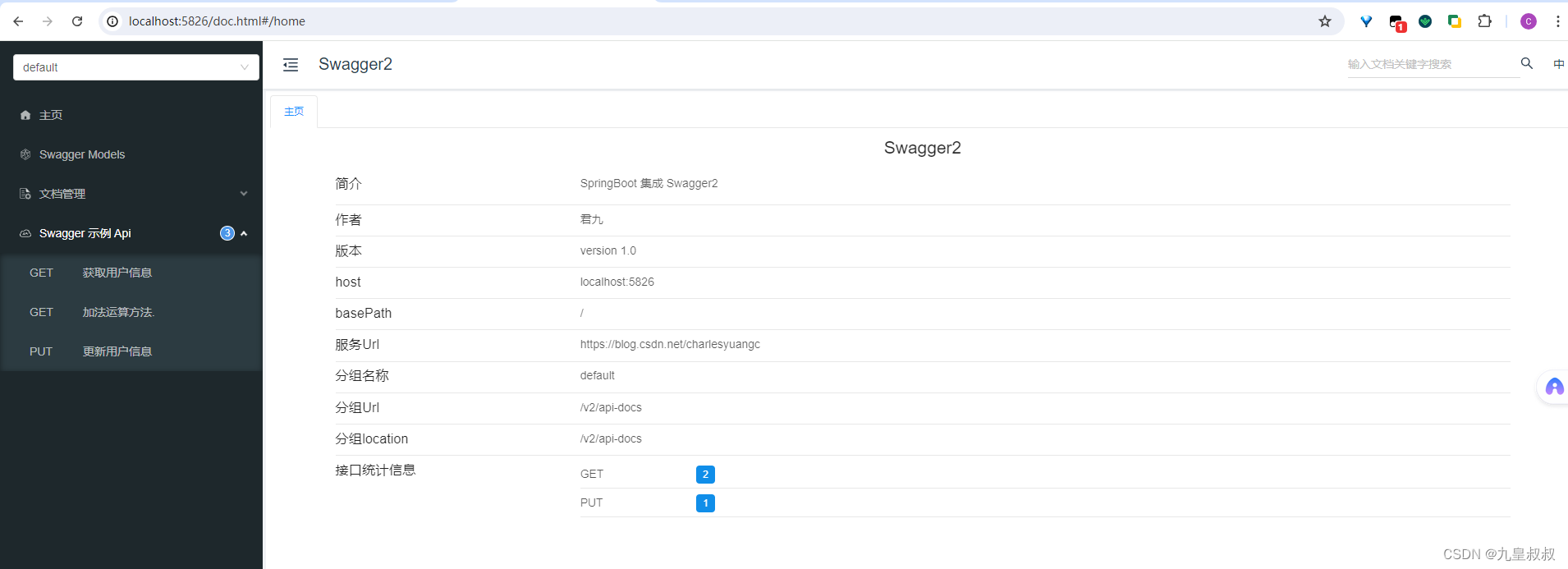
示例说明
以 获取用户信息 API 为例:

